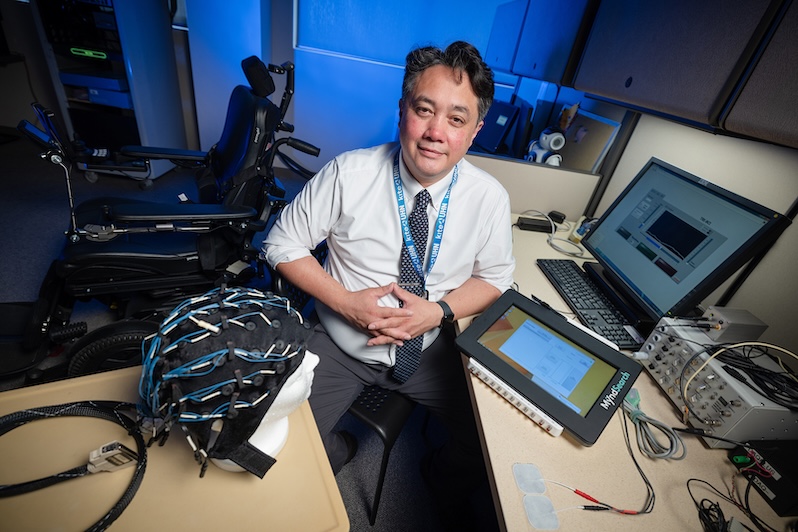With the growing concern about the use of opioids, I recalled a Chronicle program from a few years ago in which Dr. Carolyn Bernstein explains other types of therapies that can help mitigate the pain and distress of migraine headaches. Here’s the link to this short segment.
SOURCE: Not Running a Hospital – Read entire story here.
Related posts:
- Racial socialization in early childhood may increase child’s ability to excel in school A child's ability to succeed academically is one of the strongest determinants of his or her future quality of life. In particular, it has been directly linked to overall longevity and several other critical health outcomes. ...
- Social work researchers create easier, accurate way to analyze TSCC trauma results A social work research team has proposed and tested an alternative method to using the Trauma Symptoms Checklist for Children in assessing trauma in children -- especially those in the juvenile justice system. ...
- HIF Receives Written Endorsement from the Australian Dental Association (WA) Our SmartTeeth Rewards program is so good, even dentists are smiling! ...
- Evidence about proton beam efficacy Source: The National Association for Proton TherapyStarting in 2011, I raised concerns about the proliferation of very expensive proton beam radiation therapy centers, made possible by investors who leverage the extra payments for use of this treatment modality that have been authorized by CMS and private insurers. I asserted, based on my contacts in the radiation therapy profession, that the use of proton beam technology offered no significant advantage over lower cost intensity-modulated radiation therapy (IMRT) in most cases. In short, I characterized proton beam developments as an example of the medical arms race, a rush by hospitals to compete...
- A new approach to palliative care in the community A palliative patient at home. Most Canadians indicate that, if given the choice, they would choose to die at home with loved ones, yet almost 70 per cent of deaths occur in hospital. As well, there is an ongoing need for acute care beds in hospitals – in-home palliative care would save these beds for those who need it most while giving end-of-life patients a choice in where to spend their final days. We know that addressing how people age is of great importance, but we also need to shine a light on delivering end-of-life care that is both effective...






